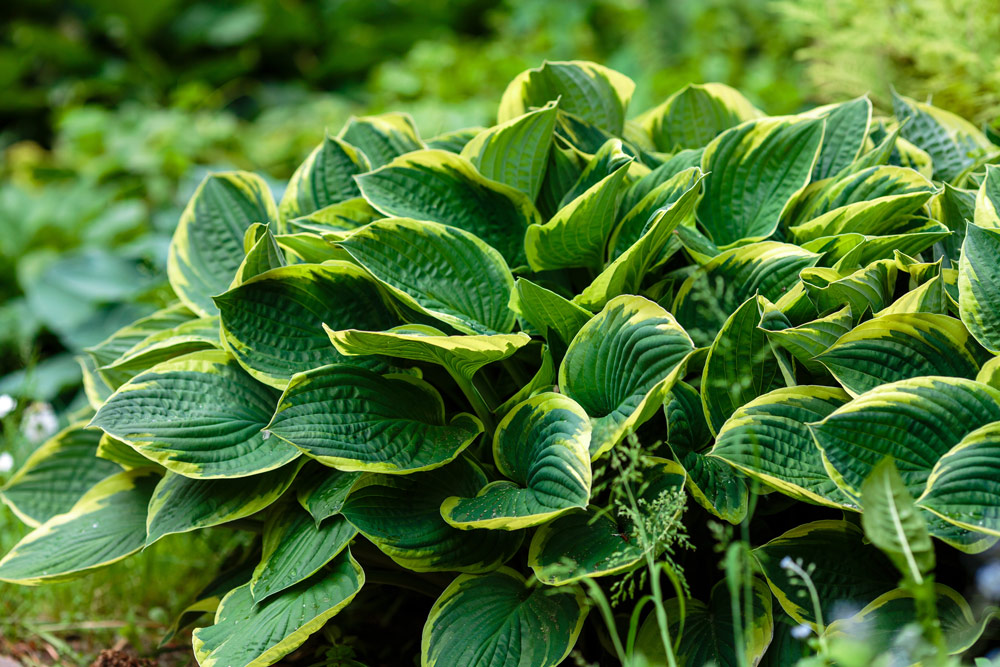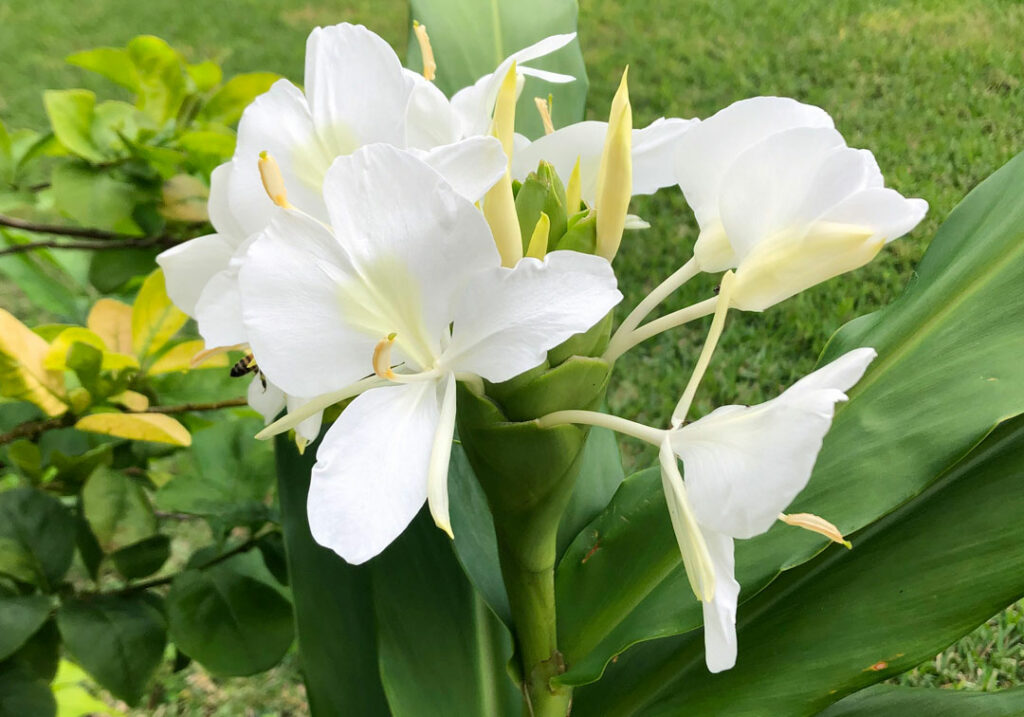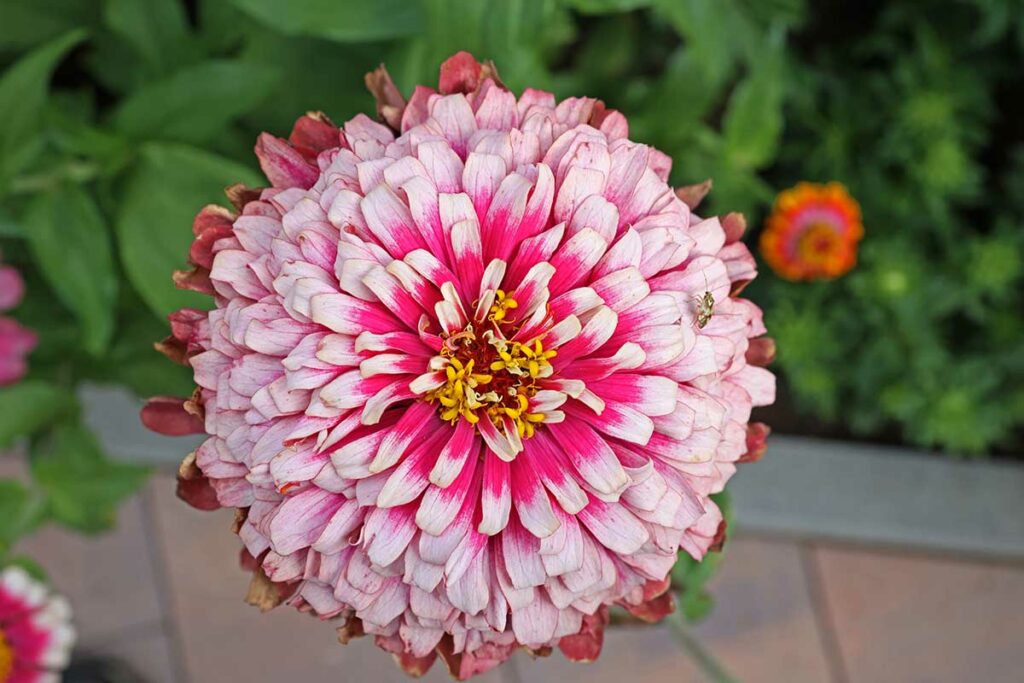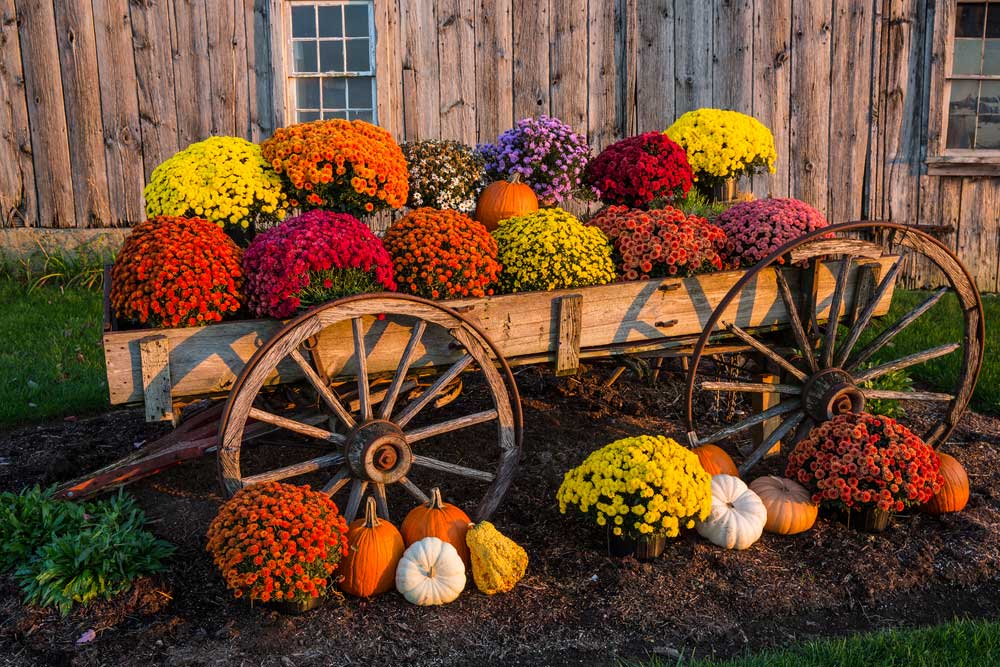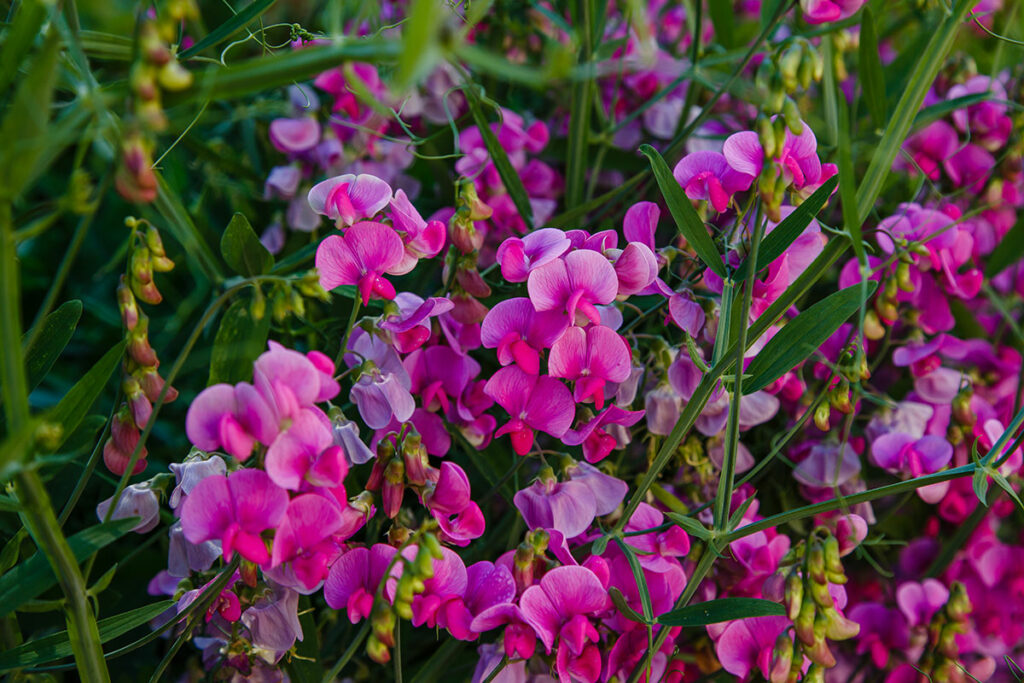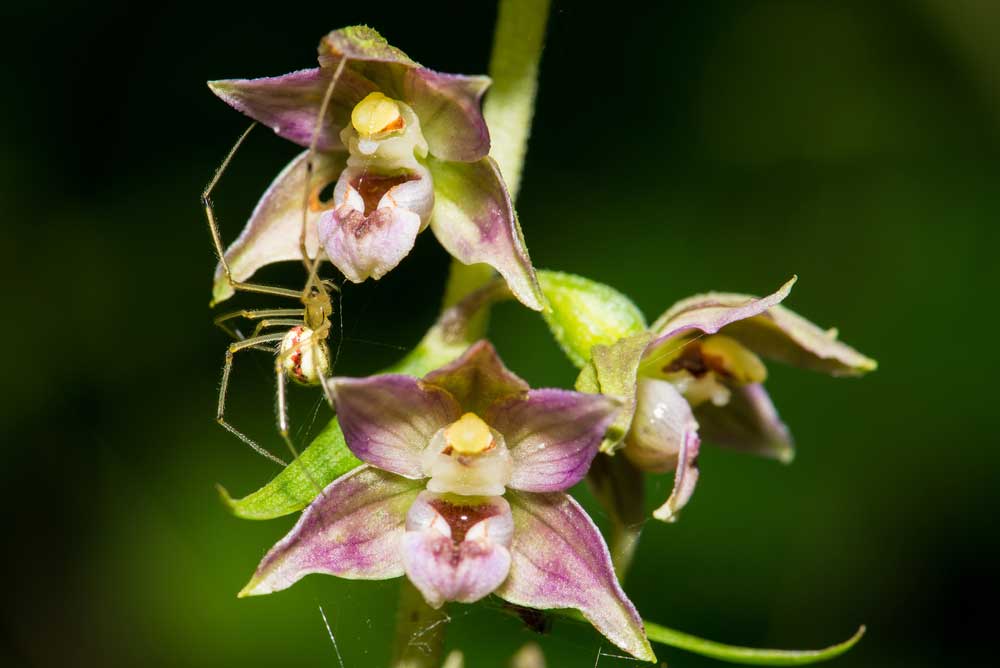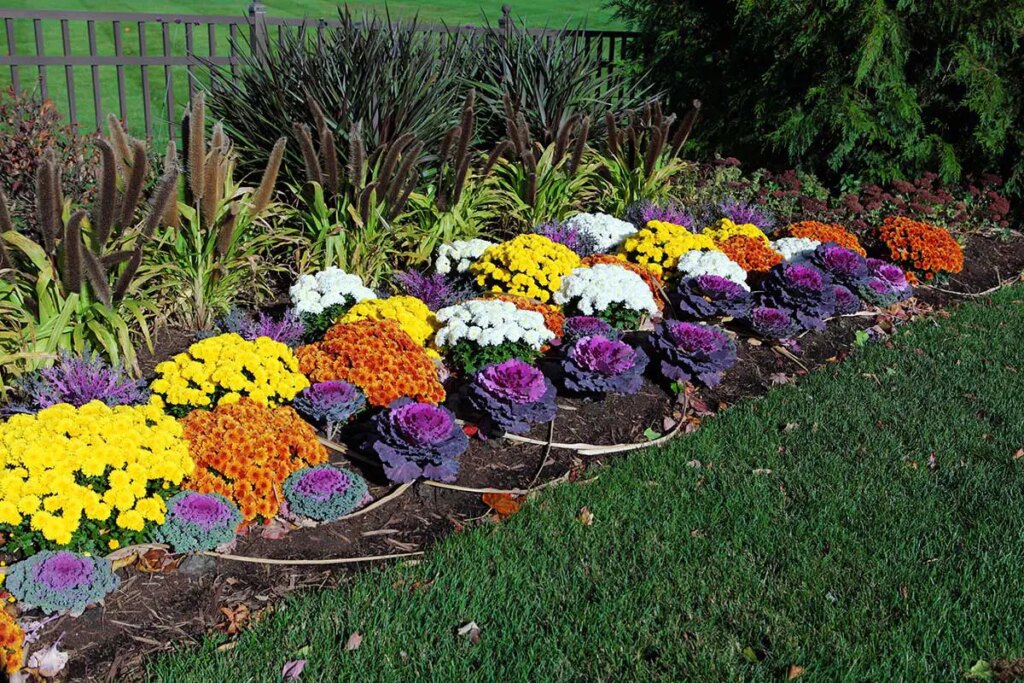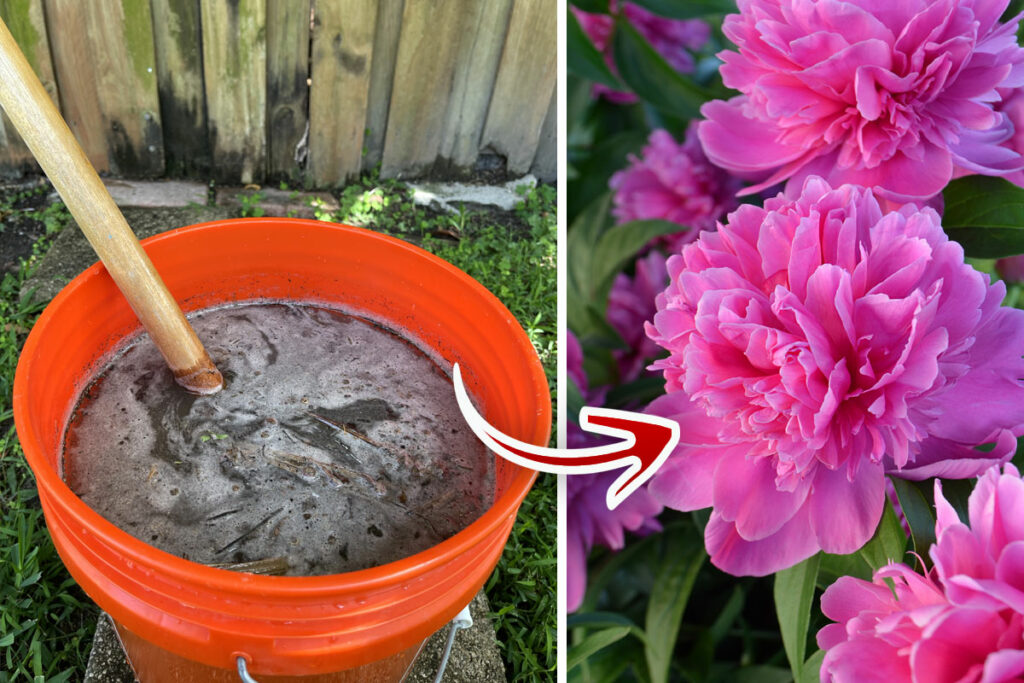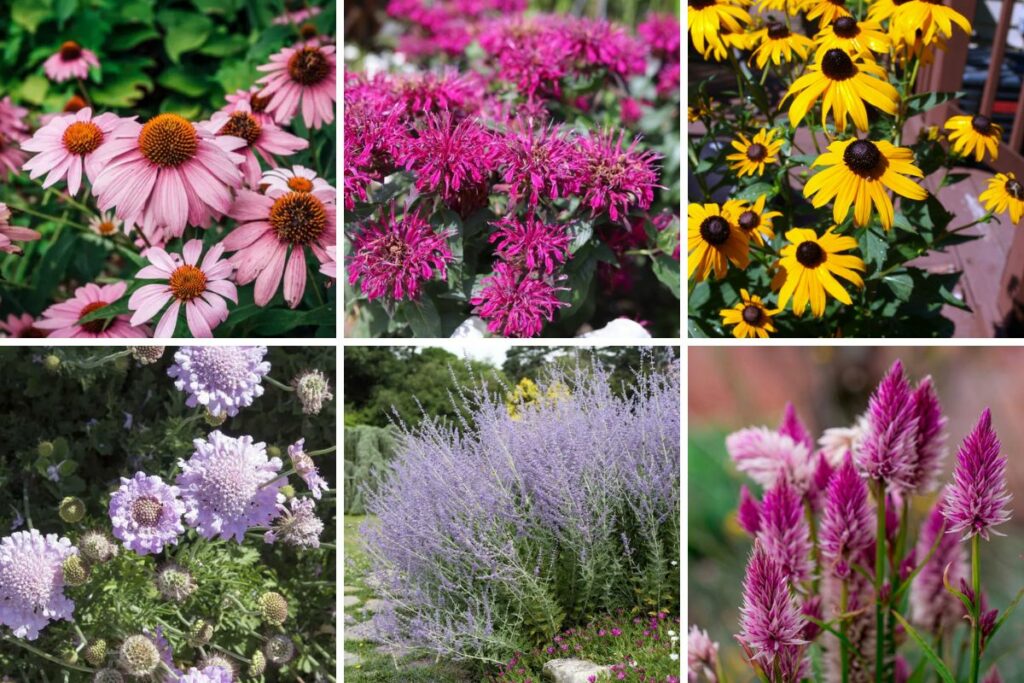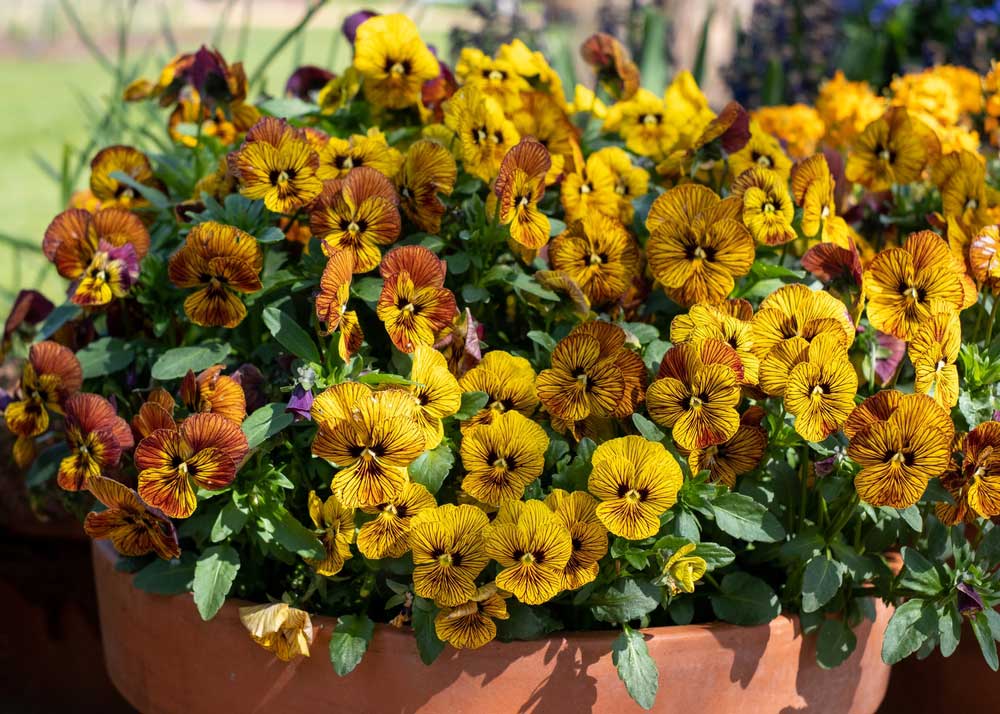
As the chill of autumn settles in, you might be looking for ways to keep your garden vibrant and colorful. Pansies are a perfect choice, as they bring a burst of beautiful hues to your landscape and have the ability to thrive in cooler temperatures.
With a bit of care and attention, you can keep your pansies flowering throughout the entire fall season.
To keep your pansies flourishing, there are several factors to consider, including location, watering, and fertilization.
Choosing the right spot in your garden where the plants can receive adequate sunlight and are protected from harsh winds will set them up for success.
Additionally, monitoring their water intake and providing them with the proper nutrients can keep the flowers blooming for months.
In the following paragraphs, we’ll dive deeper into these factors and explore even more tips to ensure your pansies continue to shine bright in your garden.
Let’s bring more life and color into your outdoor space this fall.
Picking The Right Pansies
Choosing the Right Variety
When you want to keep pansies flowering all fall, it’s important to select the appropriate variety. Some pansies are more cold-tolerant than others, which means they’ll continue blooming in cooler temperatures. Look for options such as:
- Icicle Pansies: These are bred to withstand colder temperatures and will provide vibrant colors throughout the fall season.
- Cool Wave Pansies: This variety is known for its trailing habit, making it great for hanging baskets and window boxes in the fall months.
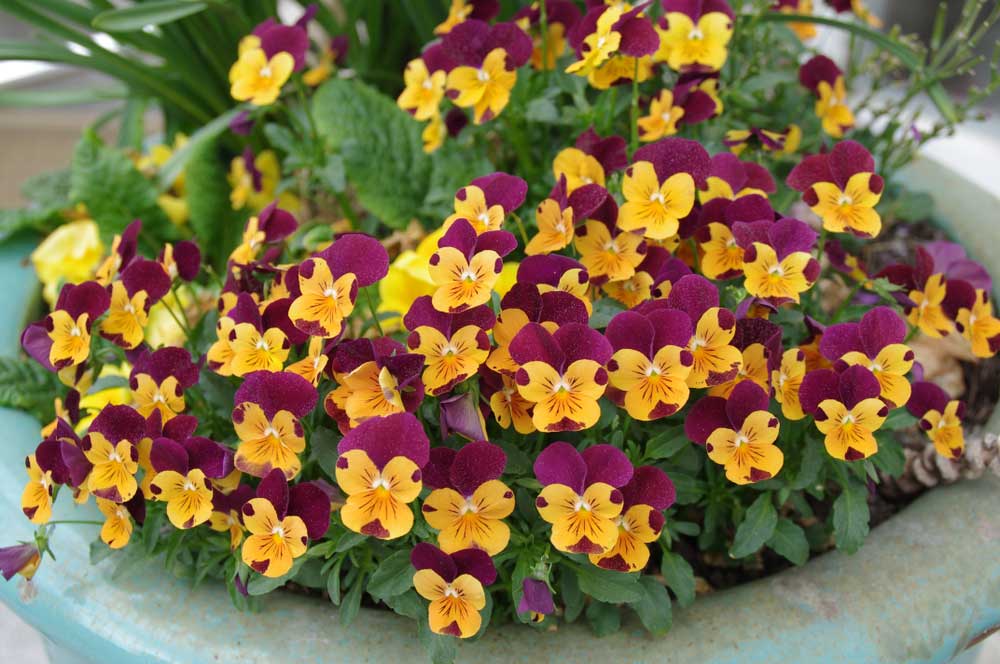
Color and Size Selection
Pansies come in a wide range of colors and sizes – anything from tiny blooms to large, showy flowers. To keep things exciting in your fall garden or container, consider mixing different colors and sizes:
- Bold colors: Mix and match pansy colors to create eye-catching contrast or complementary color schemes. Common fall color choices include deep purples, yellows, oranges, blues, and reds.
- Bi-colored varieties: Bi-colored pansies, with their contrasting centers, create intricate patterns. These can add depth to your fall pansy arrangements.
- Size variety: When it comes to size, there are large-flowered pansies such as the Majestic Giant series that really make a statement. For a more delicate appearance, try small-flowered pansies like the Princess series.
By selecting the right variety of pansies and considering both color and size, you’ll be well on your way to enjoying a fall garden full of beautiful, long-lasting blooms.
Planting Your Pansies
Choosing the Location
To keep your pansies flowering all fall, it’s essential to choose the right location. Pansies prefer a spot that receives full sun for at least 6 hours per day. However, in hotter climates, partial shade can be beneficial. Make sure there’s proper air circulation around your plants to prevent diseases like mildew.
Soil Preparation
Preparing the soil is key to help your pansies thrive. They prefer well-drained soil with a pH between 5.5 and 6.5. To achieve this:
- Test your soil pH using a kit, and adjust it if needed.
- Add organic matter, such as compost or well-rotted manure, to improve soil structure and drainage.
- Mix in a slow-release fertilizer to provide nutrients throughout the growing season.
Planting Time
Timing is crucial for pansies to bloom all fall. Plant them 6 to 8 weeks before the first frost in your area. This allows the plants to establish a strong root system before winter. Here are some tips for successful planting:
- Space the pansies about 6 to 12 inches apart to ensure proper air circulation.
- Plant them at the same depth as they were in their containers.
- Water thoroughly after planting to help the soil settle around the roots.
- Apply a layer of mulch around the plants to conserve moisture and moderate soil temperature.
Maintaining Your Pansies
Watering Regularly
It’s important to keep your pansies well-watered throughout the fall season. Make sure to water them consistently and evenly – about once or twice a week, depending on the rainfall in your area. Avoid overwatering, as this can lead to root rot or other issues. Instead, aim for a thorough, deep watering that saturates the soil.
Proper Fertilization
To ensure that your pansies continue to flower all fall, give them the nutrients they need. Use a balanced, slow-release fertilizer every 4-6 weeks. This will provide the necessary nutrients like nitrogen, phosphorus, and potassium, and help your pansies maintain their vibrant colors. Remember to:
- Avoid heavy nitrogen fertilizers, as these will encourage leaf growth over flower production
- Opt for water-soluble or granular fertilizers
- Always follow the manufacturer’s instructions for application rates
Weeding
Keep the area around your pansies as weed-free as possible. Weeds compete with your pansies for moisture, nutrients, and sunlight. Regularly inspect and carefully remove any weeds growing close to your pansies. This will ensure that your pansies receive the resources they need to continue flowering throughout the season. Remember to:
- Be gentle when pulling weeds, avoiding damage to the pansies’ roots
- Mulch the area around your pansies to discourage weed growth and help retain moisture
Ensuring Fall Flowering
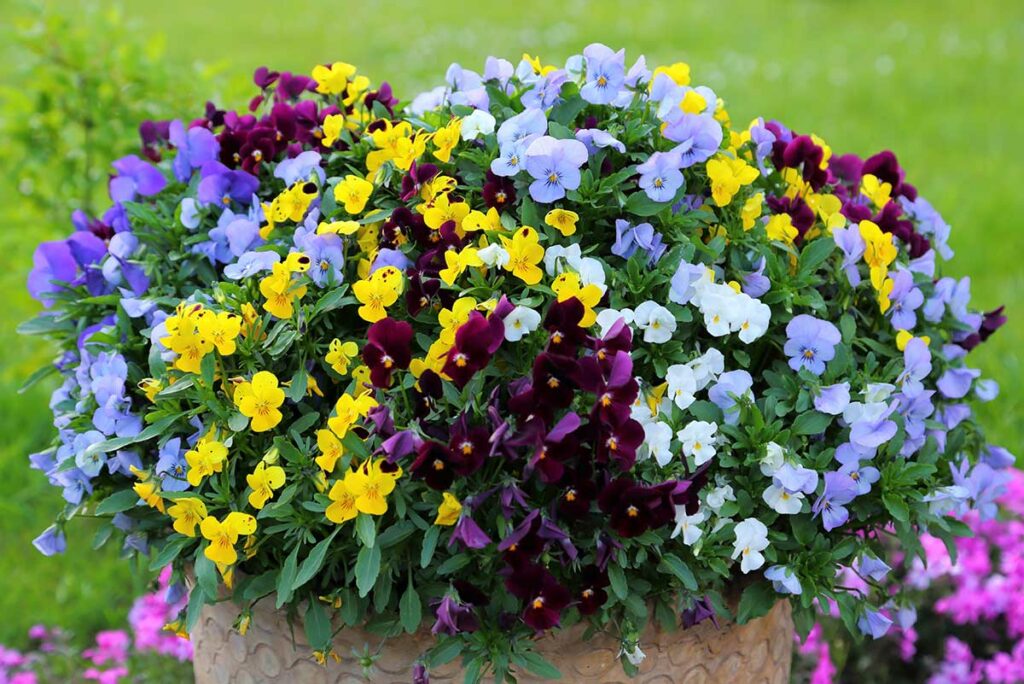
Deadheading
To keep your pansies flowering all fall, it’s essential to deadhead them regularly. When you remove the spent flowers, you’re encouraging the plant to produce more blooms. To deadhead your pansies, follow these simple steps:
- Look for faded or wilted flowers on your pansy plants.
- Using sharp, clean scissors or pruning shears, cut the stem right below the bloom.
- Dispose of the spent flowers in your compost or yard waste bin.
By deadheading your pansies, you’re promoting new, healthy growth and helping them stay vibrant throughout the season.
Protecting From Frost
As fall progresses, it’s important to protect your pansies from frost. Even though pansies are cool-season plants, they can still suffer from extreme cold. Here are some tips to help protect your pansies from frost damage:
- Keep an eye on the weather forecast and watch for frost warnings.
- If frost is expected, cover your pansy plants with a light fabric, like a bedsheet or frost cloth, to help trap the heat and keep them cozy. Be sure to remove the covering in the morning when temperatures rise.
- Place containers with pansies close to your house or other structures that can provide a bit of warmth and protection from frost.
By following these steps, you’ll be able to protect your pansies from frost, ensuring they continue to flower all through the fall.
Prepping Pansies for Winter
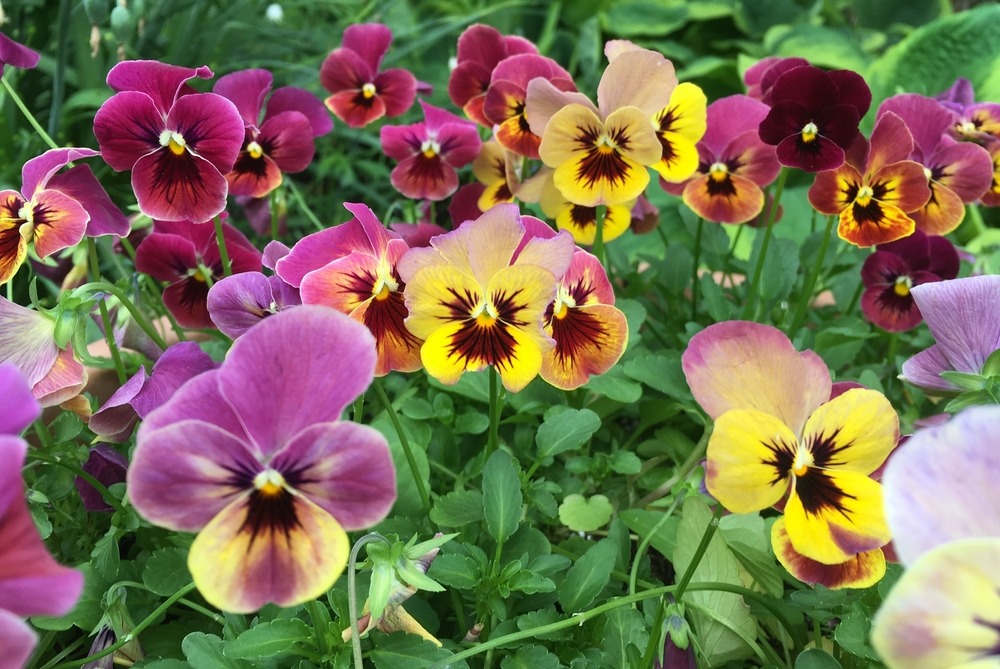
Pansies are known for their ability to withstand the cool temperatures of fall. To keep them flowering throughout the season, it’s essential to prepare them for winter properly. Here are a few tips to help you ensure your pansies continue to bloom as the temperatures drop.
Choose cold-tolerant varieties: When selecting pansies for your garden, opt for varieties that are specifically bred to withstand colder temperatures. These cold-tolerant pansies will be better suited to surviving and thriving in the chilly fall months.
Plant early: Plant your pansies in the early fall, so they have ample time to establish a robust root system before winter sets in. A strong root system will support your plants during harsh weather and increase their chances of survival.
Fertilize: Provide your pansies with the proper nutrients by applying a balanced, slow-release fertilizer at planting time. This will give them the necessary nourishment to grow strong and healthy, helping them withstand cold weather and continue blooming.
Water wisely: Even as the temperatures begin to drop, your pansies will need consistent moisture. Be mindful not to over-water your plants, as soggy soil can contribute to root rot and other diseases. Aim for consistently moist soil by watering when the top inch of soil feels dry.
Mulch for protection: Applying a layer of mulch around your pansies can help regulate soil temperature and moisture levels. This will keep the roots from freezing and protect your plants from the harsh elements. Choose an organic mulch like wood chips or pine needles to promote healthy soil conditions.
By following these tips and giving your pansies the care they need, you can enjoy their vibrant, cheerful blooms all fall long.





